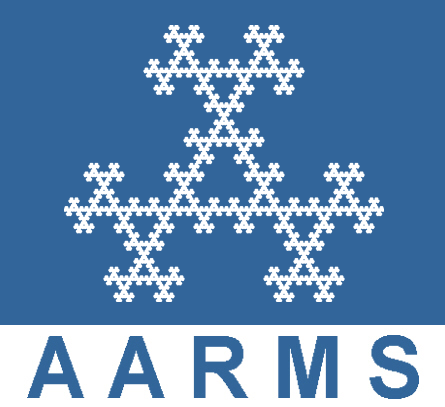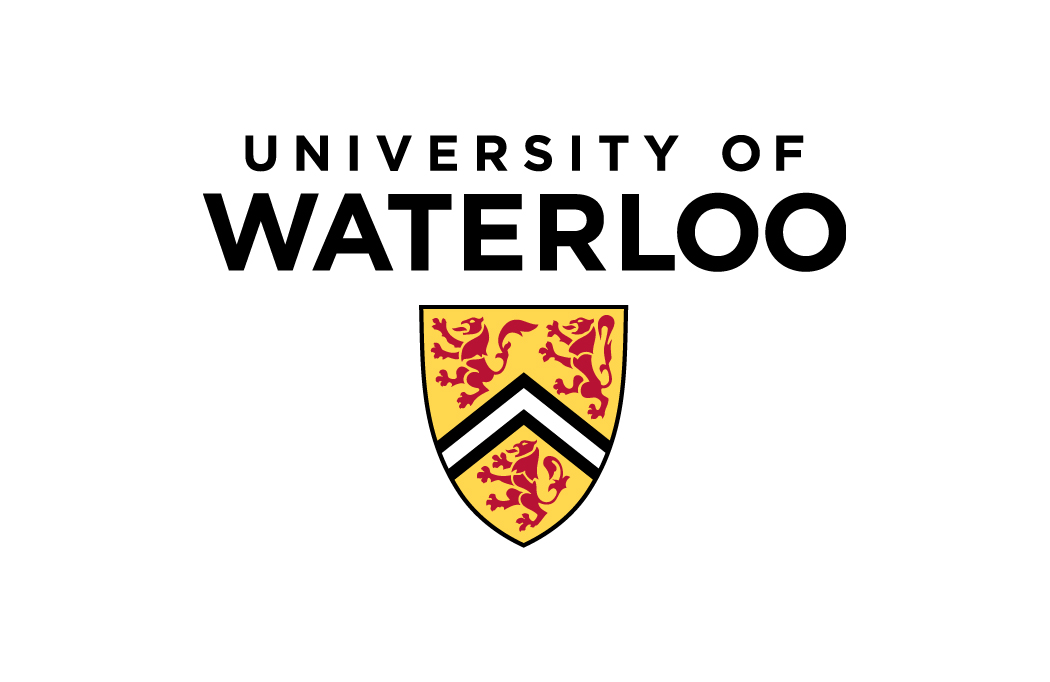2017 CMS Winter Meeting
Waterloo, December 8 - 11, 2017
Variational Analysis and Monotone Operator Theory
Org: Heinz Bauschke and Xianfu Wang (University of British Columbia Kelowna)
[PDF]
Org: Heinz Bauschke and Xianfu Wang (University of British Columbia Kelowna)
[PDF]
- SEDI BARTZ, University of Massachusetts Lowell
Maximal monotonicity in multi-marginal settings [PDF]
-
The relatively new concept of multi-marginal monotonicity opens the door to several natural questions. Consequently, we are led to the possibility of embedding classical monotone operator theory and convex analysis in corresponding multi-marginal theories. In particular, thus far, the most basic issues of maximal monotonicity have not been attended. We review possible generalizations of maximal monotonicity results, some resolutions, work in progress and open questions.
- MINH BUI, University of British Columbia, Kelowna
Projecting onto the intersection of a cone and a sphere [PDF]
-
The projection onto the intersection of (not necessarily convex) sets generally does not allow for a
closed form even when the individual projectors have explicit descriptions. In this talk, we discuss the projection onto the intersection of a cone with either a ball or a sphere. Several cases, where an explicit
formula for the projector is available, are provided. Various examples based on finitely generated
cones, the Lorentz cone (also known as the ice cream cone), and the cone of positive semidefinite matrices are presented. The usefulness of our formulas is illustrated by numerical experiments for determining copositivity of real symmetric matrices. This talk is based on joint work with Heinz Bauschke and Xianfu Wang.
- TRAN NGHIA, Oakland University
On the solution uniqueness to Lasso and related problems [PDF]
-
In this talk we provide several new complete characterizations for the uniqueness of optimal solution to Lasso and some related problems. Our characterizations in terms of positively linear independence and Slater-type obtained via second-order variational analysis and metric subregularity of subdifferential are well-recognized to be verifiable.
- HUNG PHAN, University of Massachusetts Lowell
On the generalized Douglas-Rachford algorithm for feasibility problems [PDF]
-
We study the generalized Douglas-Rachford algorithm and its cyclic variants which include many projection-type methods such as the classical Douglas-Rachford algorithm and the alternating projection algorithm. Specifically, we establish several local linear convergence results for the algorithm in solving feasibility problems with finitely many closed possibly nonconvex sets under different assumptions. Our findings not only relax some regularity conditions but also improve existing linear convergence rates. In the presence of convexity, the linear convergence is global.
- ELDAR SADEGHI
Some Calculus Rules in Variational Analysis [PDF]
-
In the modern variational analysis some constructions such as basic normals, subgradients, and coderivatives are defined
in dual spaces via sequential weak star limits, which have a variety of nice properties in the general Banach spaces setting.
A partial second-order subdifferential is defined here for
extended real valued functions of two variables corresponding to
its variables through coderivatives of first-order partial
subdifferential mappings. In addition, some rules are presented to
calculate these second-order structures along with defining some
conditions to insure the equality $\partial^2_{yx}$ and
$\partial^2_{xy}$. Moreover, as an application, some conditions are
stated which show the relation between local minimum of a function
and positiveness of principal minors of its hessian matrix.
- HRISTO SENDOV, The University of Western Ontario
Polar convexity and critical points of polynomials [PDF]
-
We say that a set A in the complex plane is convex with respect to the pole u, if for any two points x and y in A, the arc from the circle through x,y and u, that does not contain u, is in A. If the pole u is taken to be at infinity, this notion coincides with the usual notion of convexity.
The classical Gauss-Lucas theorem states that the critical points of a polynomial are in the convex hull of its zeros. We use the notion polar convexity to extend the Gauss-Lucas theorem and capture the zeros of the polar derivatives of a polynomial.
In this talk we present basic properties of polar convexity, including duality results between a set and the set of its poles. We give a formula for finding all poles of a set with simple $C^3$ boundary.
- STEPHEN VAVASIS, University of Waterloo
Relationships among first-order methods for minimization of strongly convex functions [PDF]
-
We exhibit some unifying relationships among three well-known first-order methods for minimization of strongly convex functions, namely, conjugate gradient, accelerated gradient, and geometric descent. The new relationships lead to potentially new and faster algorithms for this class of problems. Parts of this talk represent joint work with S. Karimi.
- HENRY WOLKOWICZ, University of Waterloo
Complete Stable Facial Reduction in One Step for Spectrahedra [PDF]
-
A spectrahedron is the feasible set of a semidefinite program, SDP.
While strict feasibility is a generic property for random problems,
there are many classes of problems where strict feasibility fails and
this means that strong duality can fail as well.
We propose a \emph{single}
parametric optimization problem and prove that the optimal solution
is unique and in the relative interior
of the spectrahedron. This allows for facial reduction and
regularization and guarantees strong duality.
Numerical tests illustrate the efficacy of our
approach and usefulness in regularizing SDPs.





